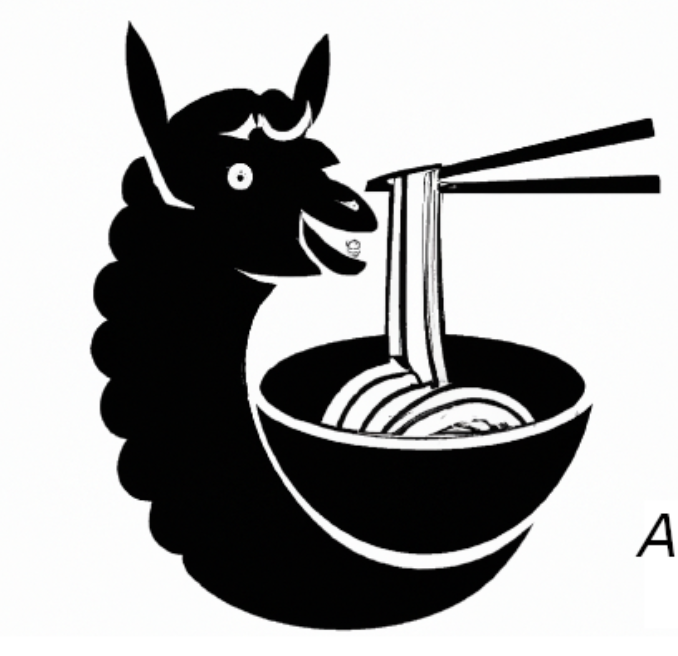Why Rama

When developing specialized proxies in Rust (or other languages), developers typically face two main approaches:
- Use an "off-the-shelf" solution;
- Build it "from scratch".
The first approach typically involves using established solutions like Nginx, Caddy, or Envoy. While these tools are powerful, they often limit you to their predefined features and configuration options. Although most of these technologies allow for custom code integration, you're constrained by their specific implementation details and architectural choices. Additionally, you're bound to their underlying layers, which you cannot modify or remove.
The second approach offers complete freedom and flexibility, much like a blank canvas for an artist. However, this freedom comes at a cost: repeatedly building similar proxy components becomes tedious and time-consuming. Despite the unique requirements of your proxy, you'll find yourself implementing many common patterns that are similar to other proxies, including your own previous implementations.
This is where Rama steps in. Rama enables you to develop network proxies tailored to your specific use case while providing reusable components for the common patterns. It allows you to focus on what makes your proxy unique while leveraging shared functionality.
Alternatives
While there are several proxy implementations in Rust, only two other frameworks are specifically designed for proxy development. Most other Rust-based proxy codebases are single-purpose implementations, some created for educational purposes, or are general HTTP/web frameworks that include proxy capabilities as an additional feature.
Cloudflare has been developing pingora, a proxy service framework, for several years
and open-sourced it on February 28th, 2024.
While Rama may not be the perfect solution for everyone, we believe it offers significant value
for many use cases. If Rama doesn't meet your needs, we encourage you to explore pingora,
which might be a better fit for your requirements.
Additionally, ByteDance has open-sourced g3proxy, a Rust-based framework for developing
both forward and reverse proxies.
More than proxies
During Rama's initial development, we discovered that its advantages extend beyond proxy development to web servers and http clients:
- Utilize Async Method Traits for efficient asynchronous operations;
- Leverage modular Tower-like middleware with extensions;
- Maintain full control over your web stack from the Transport Layer (TCP, UDP) through TLS and HTTP;
- Ensure the integrity of your proxied data. E.g. for HTTP/1.1preserving header casing and order;
Continue reading this book to learn more about using Rama for these various purposes.
Tower Compatible
Rama is designed to be tower-compatible. While we don't aim to use Tower for all service needs in Rama, we want to enable the reuse of existing Tower layers and services where appropriate.
You can find an example of Tower integration at https://github.com/plabayo/rama/blob/main/examples/http_rama_tower.rs.
